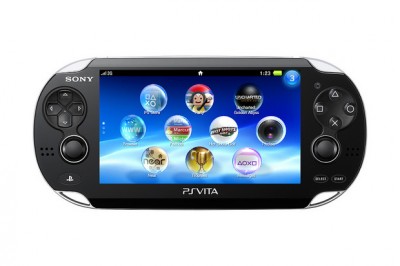
The three systems were set to their highest brightness and highest volume, then left to run mid-game. The resulting film of the test has been shared on YouTube, and while it has been speeded up 100 times, it still lasts a good nine minutes.
[aditude-amp id="flyingcarpet" targeting='{"env":"staging","page_type":"article","post_id":367998,"post_type":"story","post_chan":"none","tags":null,"ai":false,"category":"none","all_categories":"games,","session":"B"}']Thankfully, you don’t have to watch the whole video to find out the results of the test. The Nintendo 3DS died first, after 2 hours and 35 minutes. The PS Vita was next to go, at 3 hours and 47 minutes. The PSP-3000 outlasted both of the new wave consoles, continuing to function on its 2200mAh battery for nine hours, before finally giving up the ghost.
The Nintendo 3DS and Playstation Vita are both supposed to provide between 3 and 5 hours of gaming time, something that the Vita just managed in this test. Obviously turning down brightness and sound settings would help both consoles to deliver better results. Reducing the 3D effect on the 3DS would also help to enhance its battery life.
The PSP-3000 that was used in this test is fitted with Sony’s official extended life battery kit, which roughly doubles the performance of the original 1800mAh battery. In comparison, the 3DS is fitted with a standard 1300mAh battery, and the PS Vita has a standard 2210mAh battery inside.
Sony has already preempted concerns over PS Vita battery life, by announcing a separate battery pack, that can be plugged into the console. This will be sold separately, and it should provide enough power that “if you’re flying from New York to San Francisco or vice versa, you’ll have no concerns.”
